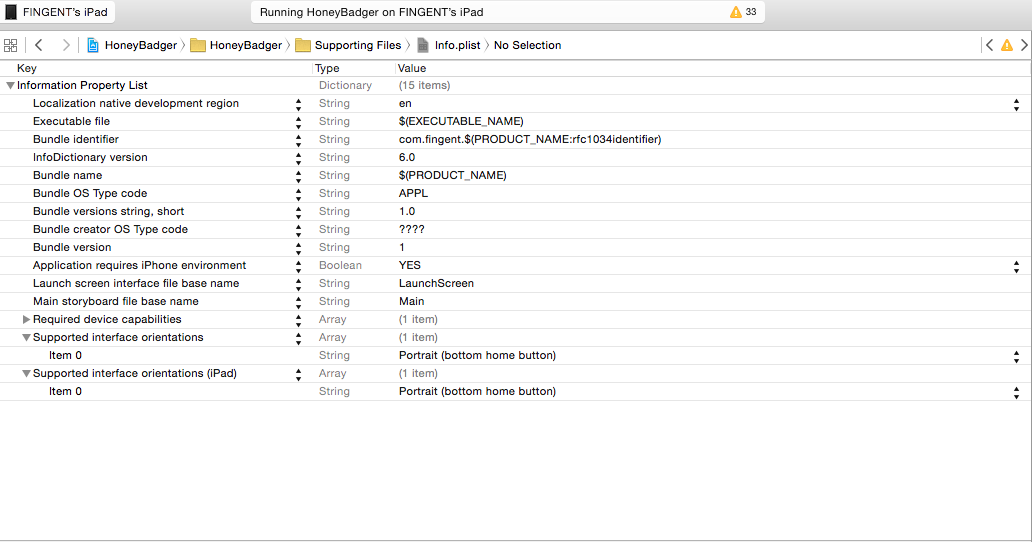Swift 3
Orientation rotation is more complicated if a view controller is embedded in UINavigationController or UITabBarController the navigation or tab bar controller takes precedence and makes the decisions on autorotation and supported orientations.
Use the following extensions on UINavigationController and UITabBarController so that view controllers that are embedded in one of these controllers get to make the decisions:
UINavigationController extension
extension UINavigationController {
override open var shouldAutorotate: Bool {
get {
if let visibleVC = visibleViewController {
return visibleVC.shouldAutorotate
}
return super.shouldAutorotate
}
}
override open var preferredInterfaceOrientationForPresentation: UIInterfaceOrientation{
get {
if let visibleVC = visibleViewController {
return visibleVC.preferredInterfaceOrientationForPresentation
}
return super.preferredInterfaceOrientationForPresentation
}
}
override open var supportedInterfaceOrientations: UIInterfaceOrientationMask{
get {
if let visibleVC = visibleViewController {
return visibleVC.supportedInterfaceOrientations
}
return super.supportedInterfaceOrientations
}
}}
UITabBarController extension
extension UITabBarController {
override open var shouldAutorotate: Bool {
get {
if let selectedVC = selectedViewController{
return selectedVC.shouldAutorotate
}
return super.shouldAutorotate
}
}
override open var preferredInterfaceOrientationForPresentation: UIInterfaceOrientation{
get {
if let selectedVC = selectedViewController{
return selectedVC.preferredInterfaceOrientationForPresentation
}
return super.preferredInterfaceOrientationForPresentation
}
}
override open var supportedInterfaceOrientations: UIInterfaceOrientationMask{
get {
if let selectedVC = selectedViewController{
return selectedVC.supportedInterfaceOrientations
}
return super.supportedInterfaceOrientations
}
}}
Now you can override the supportedInterfaceOrientations, shouldAutoRotate and preferredInterfaceOrientationForPresentation in the view controller you want to lock down otherwise you can leave out the overrides in other view controllers that you want to inherit the default orientation behavior specified in your app's plist.
Lock to Specific Orientation
class YourViewController: UIViewController {
open override var supportedInterfaceOrientations: UIInterfaceOrientationMask{
get {
return .portrait
}
}}
Disable Rotation
class YourViewController: UIViewController {
open override var shouldAutorotate: Bool {
get {
return false
}
}}
Change Preferred Interface Orientation For Presentation
class YourViewController: UIViewController {
open override var preferredInterfaceOrientationForPresentation: UIInterfaceOrientation{
get {
return .portrait
}
}}

 And you have this in info
And you have this in info

